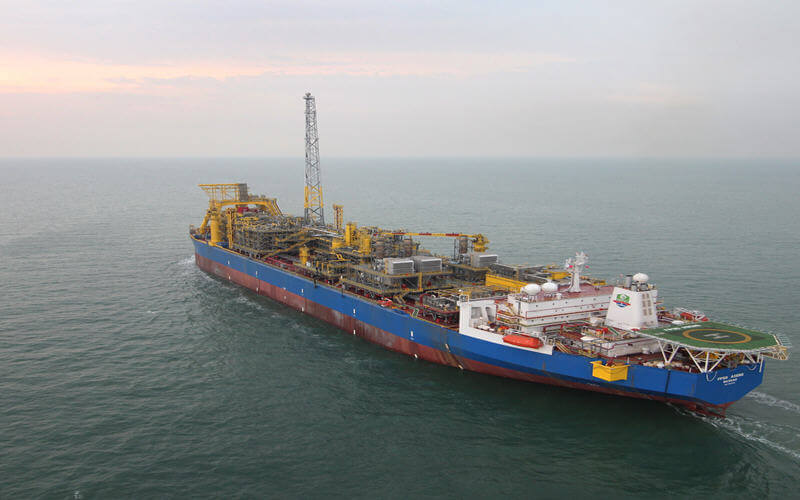
China is hoovering up liquefied natural gas (LNG) cargoes worldwide, pushing spot prices for the fuel above those for oil-indexed cargoes, as energy providers scramble to avoid a looming winter supply crunch.
China has moved millions of households from burning dirty coal to natural gas this year, pushing up import demand amid an already tightening overall Asian market.
Most Asian LNG supplies are delivered under long-term contracts with prices linked to crude oil.
But with the upcoming winter heating season, Chinese utilities have turned to the spot market in desperation to cover themselves in order to meet surging demand, chartering tankers from as far away as Norway.
“We expect (China’s national oil and gas majors) CNOOC, PetroChina, and Sinopec to buy 30 percent more (LNG) on the spot market in the coming three months compared with last year, to help boost supplies,” said Jiang Jin, gas analyst at JLC Energy.
“LNG terminals are running at full capacity,” she added.
A similar short-term supply crunch late last year boosted spot Asian LNG prices LNG-AS by more than 80 in the last four months of the year, and pushed China’s December 2016 imports to a record 3.7 million tonnes, nearly double the 2016 average of just 2 million tonnes a month.
With millions more households having moved to gas since then, last year’s record is expected to be smashed this year.
“The Chinese are in panic mode. They clearly underestimated the push in demand from their gasification programme. Now they are soaking up LNG spot cargoes where they can. And suppliers are happy to deliver, at a premium,” said a trader with a major commodity merchant.
Asian spot LNG prices have soared by more than two-thirds since May to $9 per million British thermal units (mmBtu), above oil-linked prices of around $8 per mmBtu.
“I‘m fairly certain China will break a new import record very soon and that spot prices will break through $10,” the trader said, declining to be named as he is not allowed to talk about publicly pricing.
Unlike coal or oil, where China is the world’s biggest importer, the country is only the number three buyer of LNG behind South Korea and Japan.
But its gasification programme is set to change that.
The scale of China’s soaring gas demand can be seen in the major industrial province of Hebei.
“Hebei province alone needs an extra 2 billion cubic metres (bcm) of natural gas for heating because of mandatory measures to switch industrial and residential boilers to use natural gas,” JLC’s Jiang said, referring to winter demand.
That’s the equivalent of 870,000 tonnes of extra LNG, equal to almost a quarter of the country’s total demand.
Source: Reuters